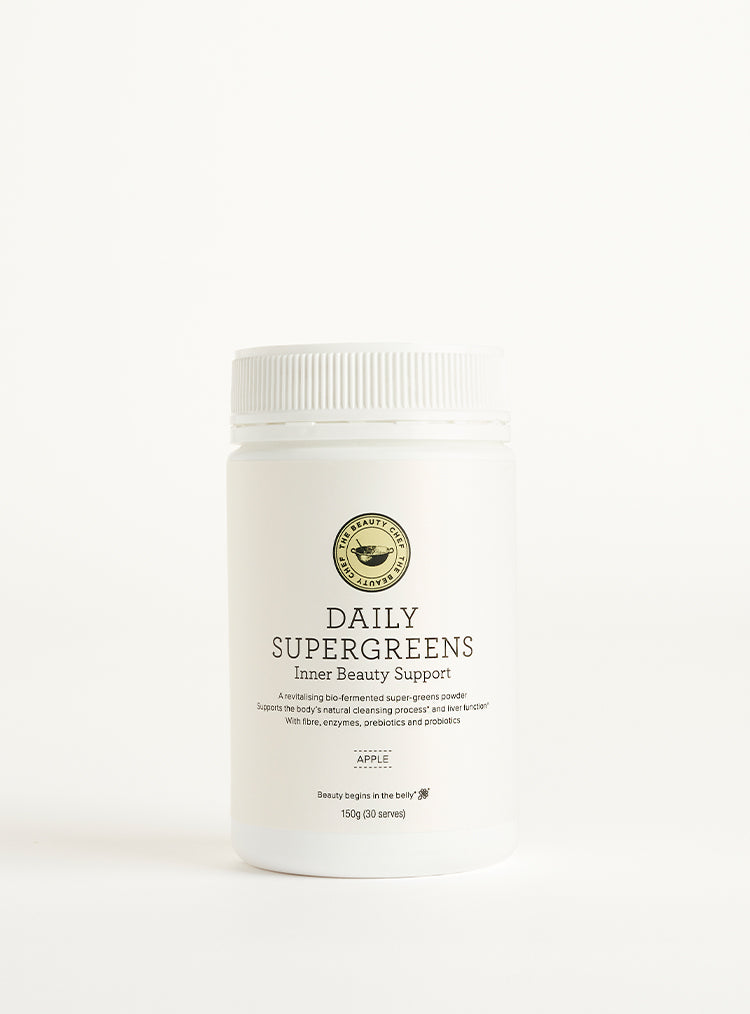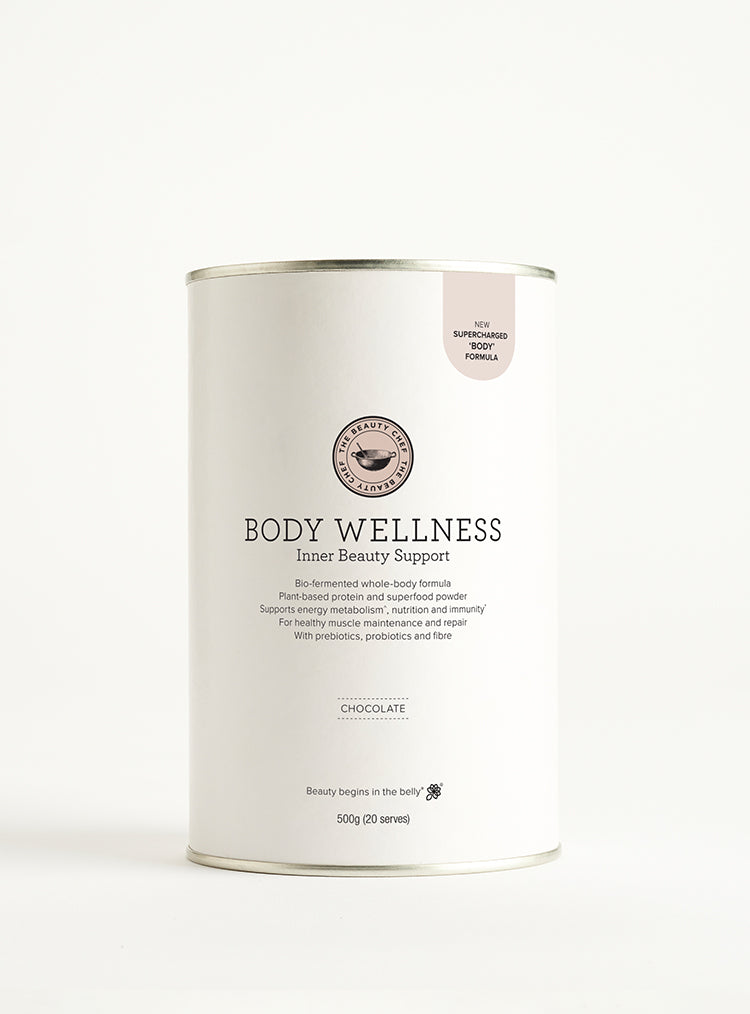
Eat more fibre. It’s advice you’ve probably heard before—but how much fibre should you actually have per day? And is there such a thing as too much?
We know that fibre plays an important part in the poo-skin connection and keeping us regular. Furthermore, studies have shown that dietary fibre supports our overall gut health, including regulation of appetite, metabolic processes and a healthy inflammatory response.
So making sure your everyday diet includes a source of fibre is certainly a smart move. From the recommended intake to the top sources, here’s everything you need to know about your daily fibre requirements...
What exactly is fibre?
Fibre is the indigestible parts of carbohydrates found in vegetables, fruits, grains, nuts, seeds and legumes. Unlike other carbohydrates which are broken down into glucose and used for energy, fibre passes through the body undigested.
You’re probably wondering, “how can something my body doesn’t even digest be good for me?”. First, it’s important to know that there are two types of dietary fibre:
Soluble fibre — Soluble fibre easily dissolves in water, breaking down into a gel-like substance in the colon that helps to slow digestion. A healthy intake is associated with a decreased risk of heart disease, lower cholesterol levels and better blood sugar control.
Insoluble fibre — Insoluble fibre doesn’t dissolve in water, instead adding bulk to stool, making it easier to pass. As a result, it also helps to speed up the transition of food in the digestive tract.
So, how much fibre do I need each day?
Considering the different benefits soluble and insoluble fibre provide, it’s important to consume a balance of both—particularly for healthy, regular poos. Individual circumstances such as age, gender, current health, body weight, body fat and activity level should also be taken into account.
Current guidelines recommend that adult men (aged 19+) consume 30 grams of fibre per day and adult women (aged 19+) consume 25g of fibre per day.
According to a report published by CSIRO, fibre is a core component of a healthy, balanced diet—yet 83% of Australians don’t meet the suggested dietary target for health. It’s estimated that most adults would need to boost their fibre intake by at least 30% to reach the target.
The best sources of fibre
Although a lot of breads and cereals may promote “high fibre” benefits, sources of both types of fibre can be found in a range of wholefoods, which means you can skip the additives a lot of processed, pre-packaged supermarket buys contain.
Most fruits, vegetables, and grains contain both soluble and insoluble fibre, though some are better sources of one than the other. Soluble fibre is found in foods like chia seeds, oats, carrots, beans, pears and unrefined wholegrains, while sources of insoluble fibre include bananas, berries, onions, garlic, Jerusalem artichokes, asparagus, leeks, celery and leafy greens. Fun fact? A kiwi fruit with the skin on contains a perfect ratio of soluble and insoluble fibre.
Including a supplement like DAILY SUPERGREENS in your routine is not only a great way to boost your greens intake but also contains banana starch—a source of fibre which contributes to healthy digestion.
Is there such a thing as too much fibre?
It is possible to consume too much fibre, which can cause bloating, gas and constipation. However, an individual would need to consume more than 70g of fibre per day for these symptoms to be a result of excessive fibre.
While it’s more likely (according to the CSIRO report) that you’re consuming less fibre than you need, if you’re experiencing these symptoms, seek advice from your health professional.




